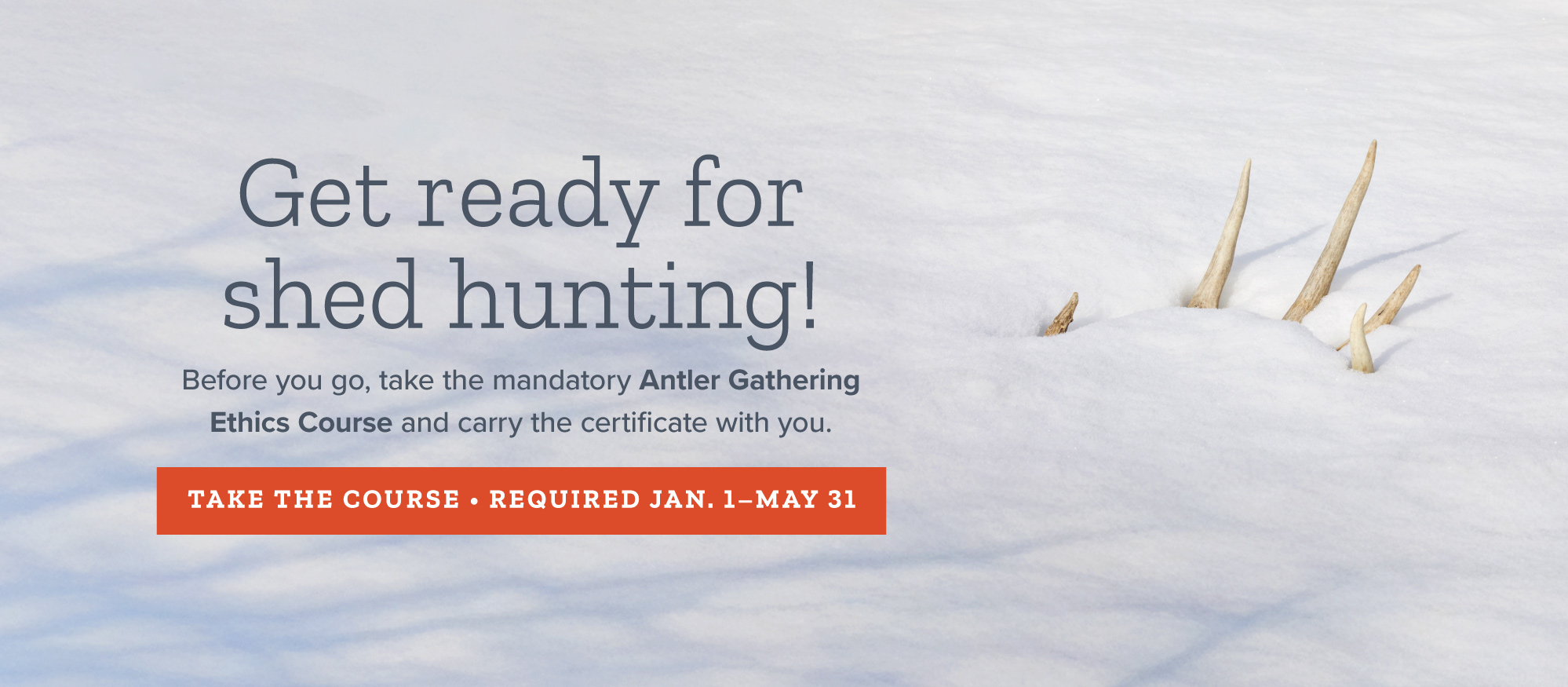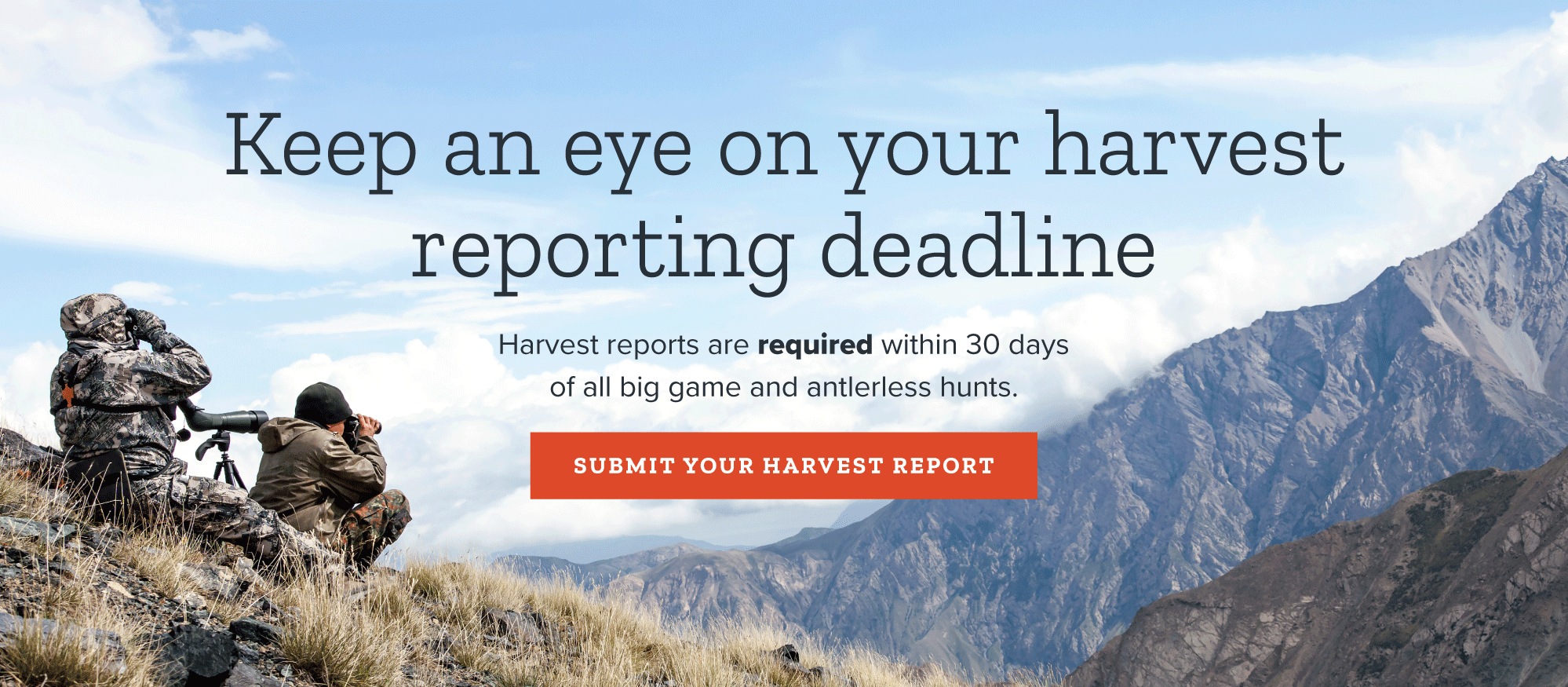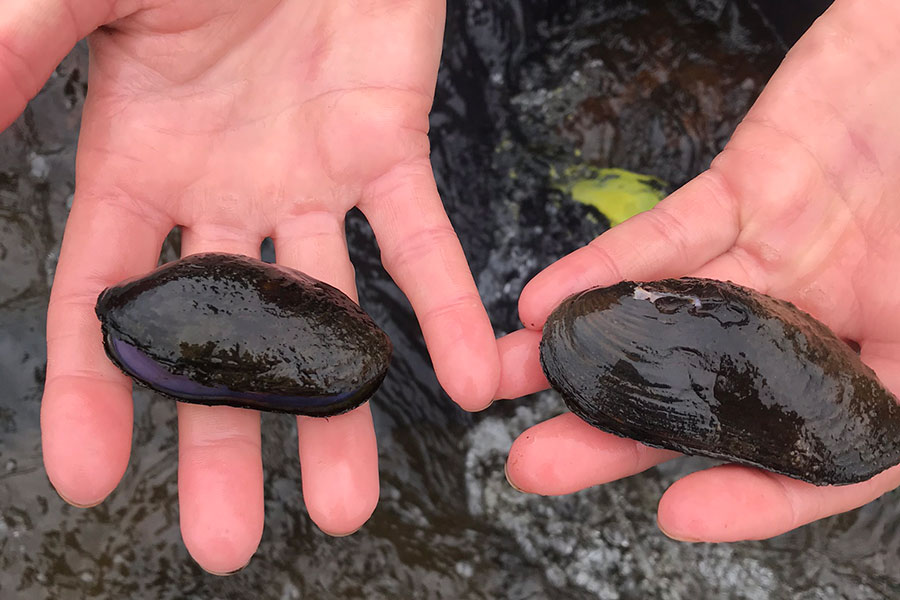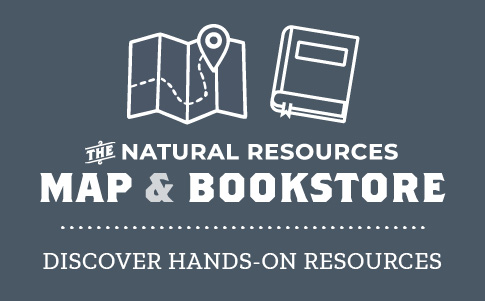- Want to gather shed antlers from Jan. 1 through May 31? Take the free, mandatory 2026 ethics course
- Planning to go ice fishing this winter? What anglers should know
- DWR stocks more than 11.6 million fish throughout Utah in 2025
- Utah Wildlife Board approves updates for bison hunting, other changes
- Enjoy bird-watching? Help biologists gather information during 126th Christmas Bird Count
- Need a gift idea for the outdoorsy person in your life? Buy a hunting/fishing license or slam registration
- Apply for Utah’s 2026 spring limited-entry turkey hunting permits, starting Dec. 16
- DWR proposes minor changes for bear hunting in 2026, other rule updates
Utah fish, mollusks and crustaceans — other rules and requirements
Ethical collection, mandatory reporting and appeals.
After you've completed the online orientation course and obtained a certificate of registration, you can begin to collect or possess controlled or prohibited fish, mollusks and crustaceans. Before you head out on your first collection trip, there are a few key things to keep in mind:
The following sections address those issues.
Ethical collection practices
When you're out looking for animals, be sure to follow ethical collection methods:
- Watch where you step and do not destroy the animals' habitat
- Return rocks, logs and other cover objects to their original positions
- Respect private property boundaries
- Only handle the animal for the minimum amount of time necessary to photograph or identify it, especially if you don't plan to keep it
See which species are prohibited and which species are controlled.
Required documents
The types of species you want to collect will affect which wildlife documents you need to have. You will need to have a certificate of registration before you can collect or possess a controlled species. Both a certificate of registration and a variance (from the Wildlife Board) are required if you want to collect or possess a prohibited species. See the species tables for more detailed information about which species fall into the categories listed above.
Mandatory reporting
You must complete the online report within 72 hours of taking a controlled or prohibited fish, mollusk or crustacean out of the wild. Your online report must include the following:
- The location where the fish, mollusk or crustaceans were taken from. (Locality formats must be the latitude and longitude in decimal degrees or UTM coordinates.)
- The date that the fish, mollusk or crustacean was collected.
- The species that was taken. A photo can be included with the submission.
Keep in mind: You must retake the online orientation course annually if you intend to take fish, mollusks or crustaceans from the wild.
The appeals process
The DWR may choose to deny a collection permit or certificate of registration to an applicant for any of the following reasons:
- The applicant has not completed the mandatory reporting.
- The applicant has violated Utah's wildlife laws or rules, especially those related to collecting fish, mollusks and crustaceans.
- The applicant misrepresented or failed to disclose information related to their application.
- The applicant's conduct — as it relates to collecting fish, mollusks and crustaceans — violates federal, state or local laws.
If the DWR denies an application, the applicant will receive written notification of the reasons for the denial. At that point, the applicant can request that the DWR Director reconsider the decision. That appeal must be made within 30 days of the original denial.
If the DWR Director denies the appeal, the applicant may then submit an appeal to the Utah Wildlife Board.


















